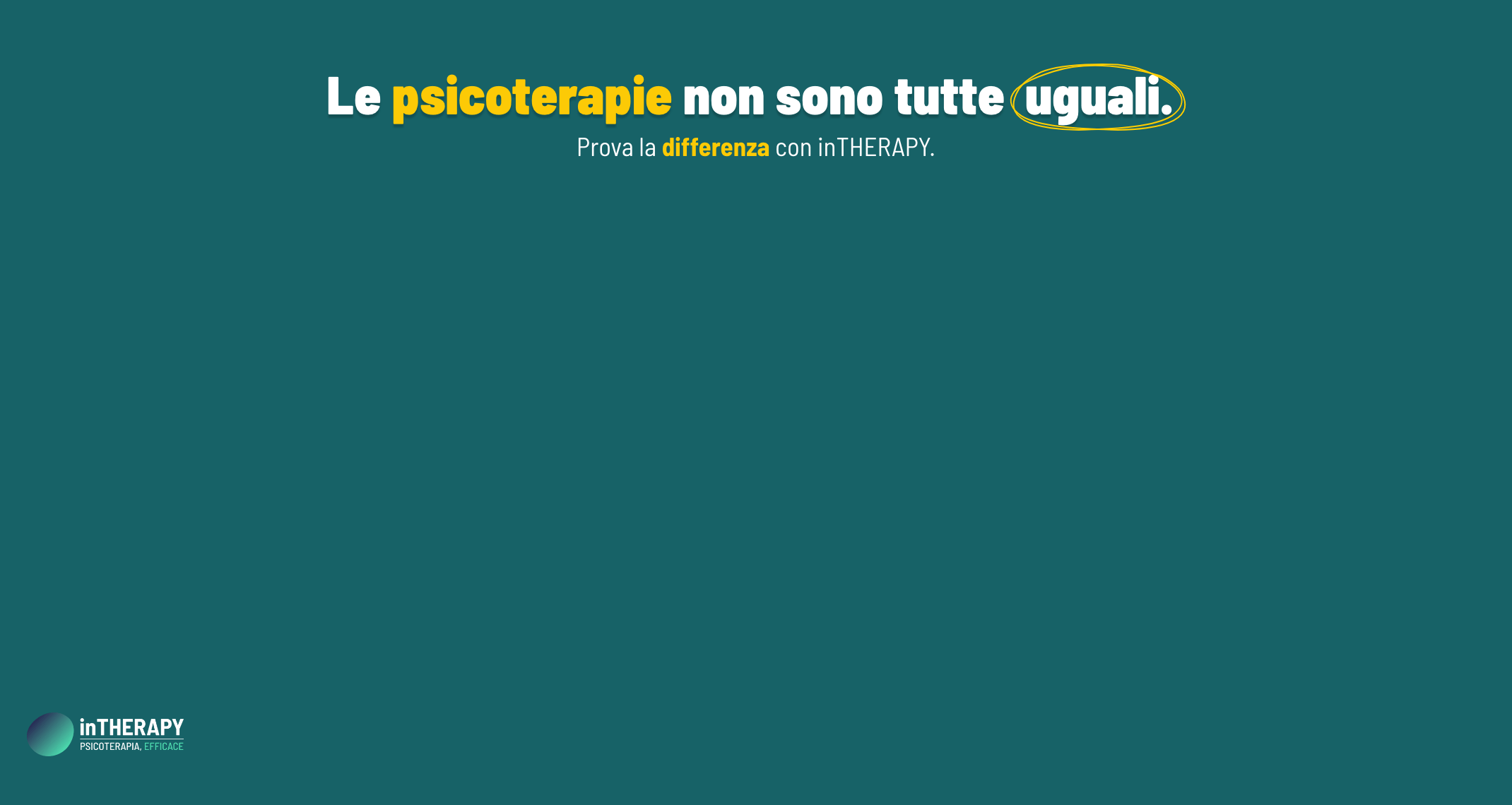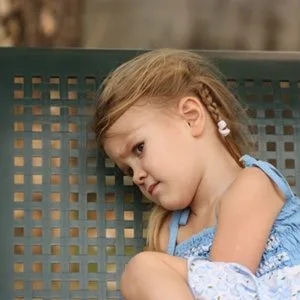Attachment and behavioral inhibition – Part 1
Although little association has been found between BI and infant attachment style, several studies have investigated the relationship (e.g. additive/interactive) between these measures and their effect on anxiety on childhood.
Muris and Meesters (2002) investigated the relationship between attachment style, behavioral inhibition and anxiety symptoms within a normal population of 280 parent and adolescent pairs. The Attachment Questionnaire for Children (AQC), Behavioral Inhibition Instrument (BII), and the Revised Children’s Anxiety and Depression Scale (RCADS) were administered to both mothers and children. The results revealed a significant main effect of attachment on the overall anxiety scale as well as the subscales (i.e. social phobia, panic disorder, separation anxiety disorder, generalized anxiety disorder and obsessive compulsive disorder).

Compared to those with a secure attachment, children with insecure attachment had significantly higher anxiety scores. A significant main effect of behavioral inhibition on anxiety scores was only observed for the social phobia subgroup, with uninhibited children having higher scores. Finally, although there were significant main effects of both inhibition and attachment on anxiety symptoms, there was not a significant interaction between them. These findings replicate the link between BI and anxiety symptoms and insecure attachment and anxiety symptoms. While they both appear contribute to the development of anxiety symptoms, they do so independently of each other.
Shamir-Essakow, Ungerer and Rapee (2005) examined an at risk sample of 104 pre-school children, 72 of whom were inhibited and 32 uninhibited, and their parents. Behavioral inhibition was measured using the Short Temperament Scale for Children (STSC) and attachment style was measured using the SSP. Parent and child diagnoses were conducted using the ADIS. Overall, 70 children were diagnosed with at least one anxiety disorder; no association was found between behavioral inhibition or attachment style and maternal anxiety. Behavioral inhibition and attachment were, however, significantly associated with child anxiety. Inhibited children and insecure children had higher levels of anxiety, independent of maternal anxiety.
Mannasis, Bradley, Goldberg, Hood and Swinson (1995) examined the relationship between BI, insecure attachment and anxious symptoms in the offspring of mothers with anxiety disorders. Children (n = 20) between 18-59 months were assessed for BI in a laboratory setting and attachment using the SSP. Children’s anxious symptoms were measured using the CBCL. The results demonstrated that children who were classified as inhibited (n = 13) displayed more sleep problems than those who were classified as uninhibited. The children who were insecurely attached (n = 16) had higher scores on the internalizing scale of the CBCL. According to DSM anxiety scale on the CBCL, two uninhibited children with an insecure attachment style met criteria for separation anxiety disorder. Additionally, one inhibited child with an insecure attachment style met criteria for avoidant disorder.
As attachment and infant temperament share measurement characteristics, possible interactions and additive effects between them and anxiety have been investigated. The studies reviewed demonstrate that while BI and insecure attachment were both independently associated with child anxiety, there was no significant interaction found between them on child anxiety.
READ ALSO:
Attachment and behavioral inhibition – Part 1
ATTACHMENT SERIES – ENGLISH ARTICLES – ATTACHMENT
REFERENCES:
- Mannasis, K., Bradley, S., Goldberg, S., Hood, J., & Swinson, R. P. (1995). Behavioral inhibition, attachment, and anxiety in children of mothers with anxiety disorders. Canadian Journal of Psychiatry, 40, 87 – 92.
- Muris, P., & Meesters, C. (2002). Attachment, behavioral inhibition, and anxiety disorder symptoms in normal adolescents. Journal of Psychopathology and Behavioral Assessment, 24, 97 – 106.
- Shamir-Essakow, G., Ungerer, J. A., & Rapee, R. M. (2005). Attachment, behavioral inhibition, and anxiety in preschool children. Journal of Abnormal Child Psychology. 33, 2, 131 – 143.


